There are so many things to consider when designing your custom home. Whether you are working with a designer or a custom home builder, doing a large remodel or building from the ground up, you have much to look at and many decisions to make. There is, however, one item that could be a good starting point in your home design – and indeed, may be one of the most crucial design items you select.
We’re talking about first impressions.
Do you want to make your house appealing before a visitor has even walked into your home?
One of the focal points of the exterior front of your house which contributes a lot to curb appeal is your FRONT DOOR!
The front door is a huge part of your home’s first impression. It’s a transitional part of the façade that makes a statement about who you are, and what people can expect when they walk into your home, not to mention it has an impact on the value of your home. I’m not just talking about curb appeal: replacing your front door with an energy-efficient model can add to the overall value of your home, save as much as 10 percent on energy bills and might qualify your for certain tax credits.
Deciding on the front door early on in your custom home project is important, because it affects many structural elements including masonry and framing, and its parts may need to be ordered early, especially if it is a custom piece.
What Door Is Right For You?
A front door – like any external material – has to be tough enough to withstand the elements. But is also should complement and add to the aesthetics of your home.
The ideal front door must be tough, yet handsome and gracious.
Since functionality is the primary (and most important) purpose, the best way to narrow down front door choices is to look at it in terms of material. The three most common exterior door materials today are wood, fiberglass composite, and steel.
WOOD DOORS: Wood is one of the more common choices for a front door. Despite the faux substitutes, nothing can beat the real deal for many homeowners . Modern wood doors are often sandwiches of wood veneer skins over a wood core. This construction tends to minimize the chances of warping and also lowers cost. For this type of wood door, look for furniture-grade veneers that are at least 1/16 inch thick. Anything thinner may be too easily damaged.
One thing to keep in mind as well when choosing a solid wood door, while wood doors are luxurious and beautiful they also offer a fair amount of upkeep. Wood is sensitive to moisture, and wetness in the wood can cause the door to warp, crack and change shape. Sun is also an important factor in the life of your wood door. If your door is protected from these elements, it’s bound to last much longer. So when shopping for pre-finished wood doors, look for durable stains and high-gloss finishes, since these will best protect wood. If you’ve decided to apply the finish or stain on your own, make sure to put the finish on the top and bottom edges of the door as well to help prevent it from absorbing moisture.
FIBERGLASS DOORS: Fiberglass composite doors are relatively affordable, and are most often chosen for their durability and the fact that they are almost maintenance free. These doors can last a very long time, and many models offer warranties for as long as the homeowner lives in the house. Because these doors can go several years without needing any paint or stain touch-ups, they tend to work very well in harsh and humid climates, like Florida. This material lasts longer than wood or steel and its foam core offers much more insulation than wood. This is a natural choice for a front door exposed to extreme weather. It’s a great choice for high traffic areas as well. Their appearance can be easily customized.
STEEL DOORS: Steel doors can suffer dents, but minor damage can usually be repaired with a simple auto-body repair kit. An all-paneled steel door has great insulating value, it can help cut energy costs, and is one of the least expensive front door options.
However, the downside is that steel doors tend to have a shorter lifespan than wood or fiberglass, and because they can rust, it isn’t always the best choice for a home subject to harsh weather conditions. Also steel conducts temperature which is not ideal in an extremely hot or cold environment.
Some steel models do have a coating with a baked-on polyester that requires periodic repainting. Steel doors that are a little more expensive, might have a vinyl coating for weather resistance, or even a laminated wood veneer.
Now for the fun part……. what COLOR!
Once you think what material you are going to use, you get to think about color, style and overall appearance. Stay within the general style tone of the house and don’t be afraid to go bold either! What statement are you trying to make about your custom home? Elegant? High-end? Sophisticated? Tasteful? A daring color that just matches so well and yet is bold? Such as a deep orange against a background of grays?
If you want to be safe, according to one leading Realtor “Remax,” green could be the color to choose.
Remember that like your custom home, your front entryway should be totally unique to YOU and your tastes. Have fun and splurge on creating long-lasting first impressions!
"Reliable, Licensed & Insured Building Contractor"
For A NO Obligation Design Consultation
Contact Us
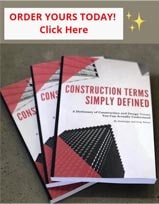

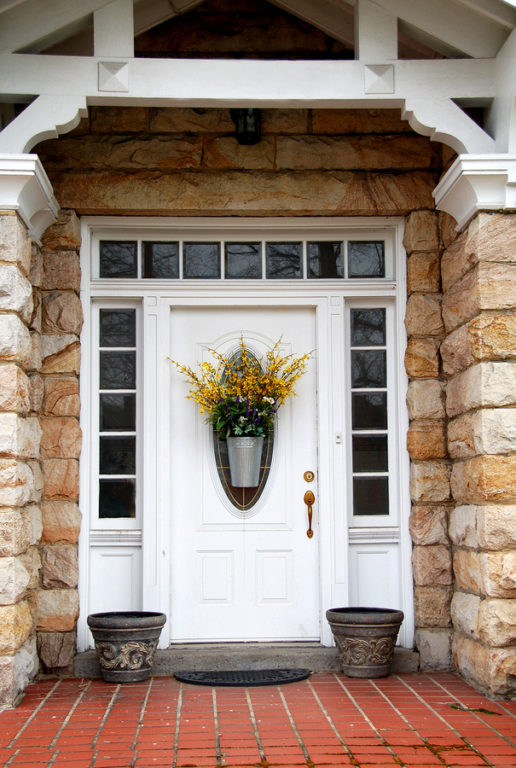
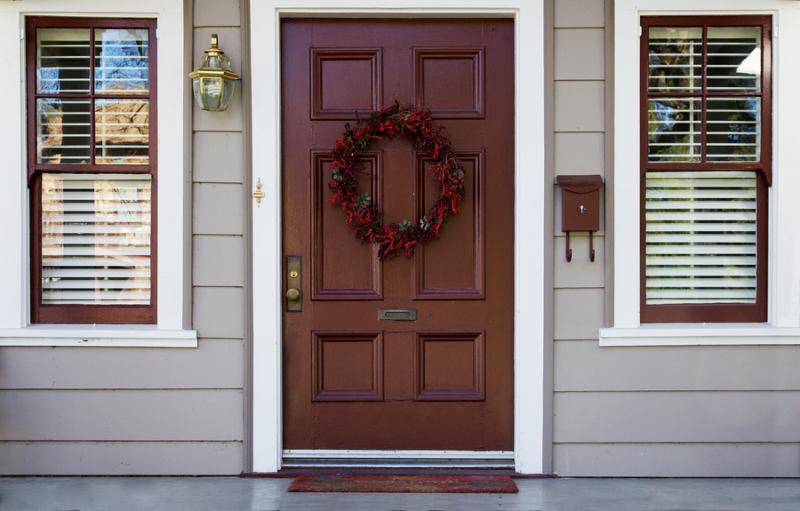
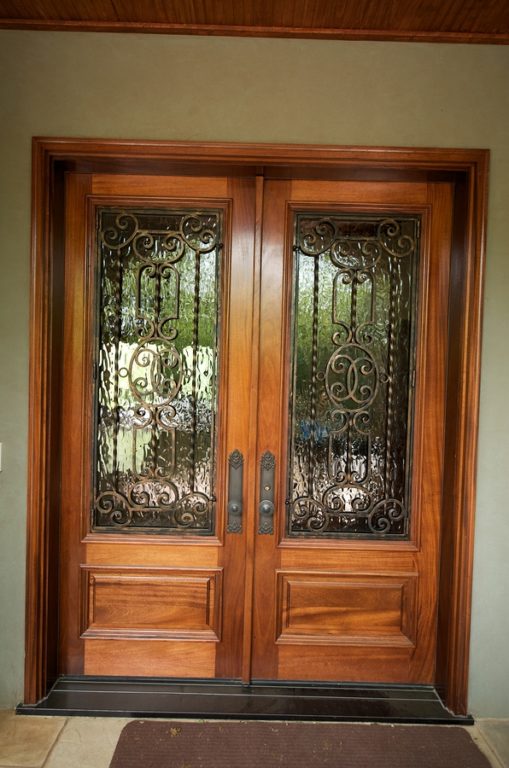
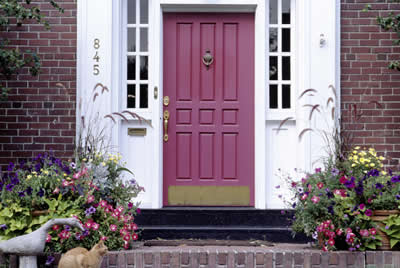
 Loading
Loading 





